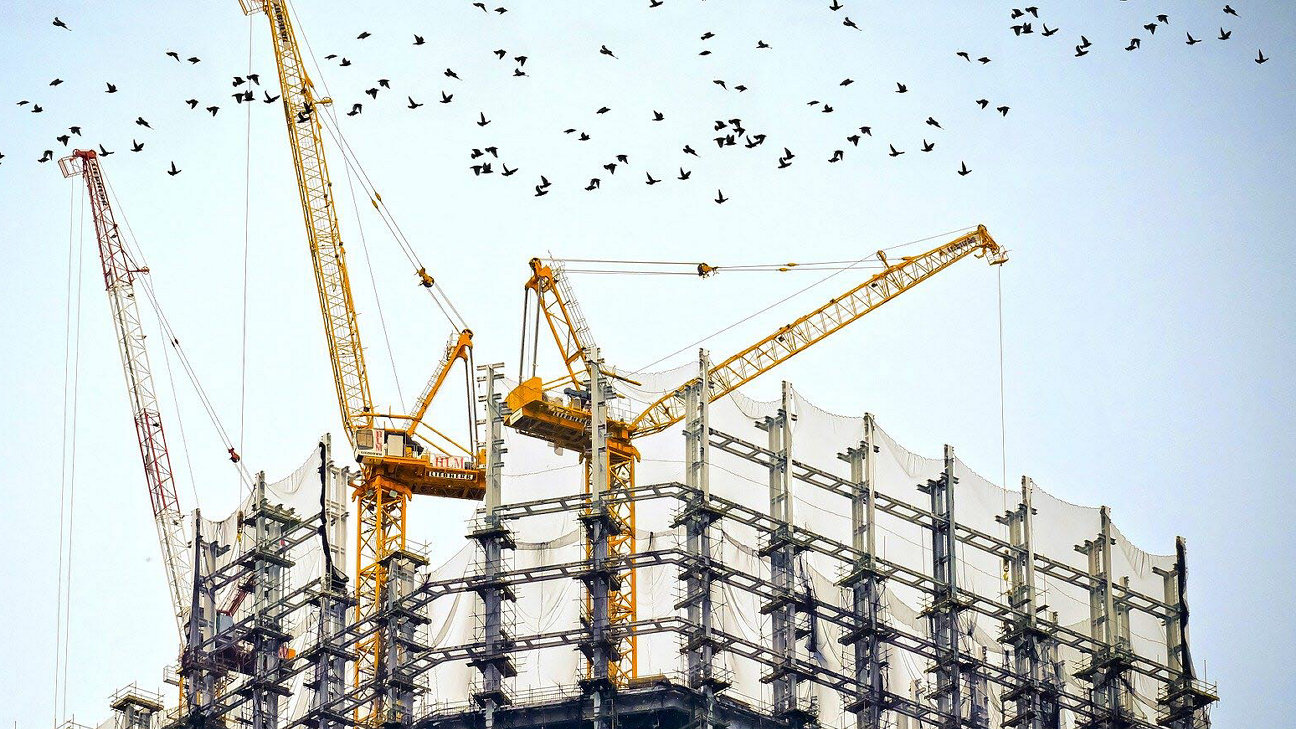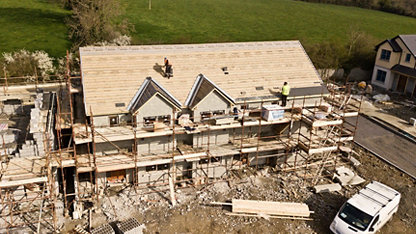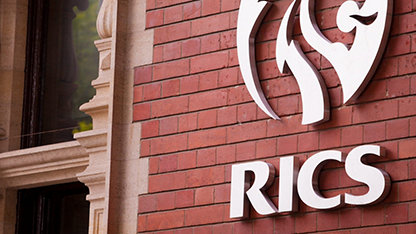Key takeaways
- $220bn of capital in infrastructure funds has yet to be deployed, and $200bn extra is being raised by investment funds; enough to support the development of $1 trillion worth of infrastructure projects globally
- Unlocking this private capital will be crucial to funding level of infrastructure required in post-COVID-19 economic recovery
- However, investment has been constrained by lack of investment opportunities, as governments fail to match delivery of high impact greenfield projects with growing investor demand
Despite a maturing infrastructure investment market, private capital sufficient to support $1trn of infrastructure development is currently going unspent, according to a report commissioned by RICS’ World Built Environment Forum: Bridging the gap: Private investment in future infrastructure provision.
The scale of the issue
Funding the delivery of infrastructure has been high on the global political agenda. It will be even more so when governments take action to bolster economic recovery from COVID-19 or improve social infrastructure. However, a lack of investible projects has already meant that hundreds of billions of dollars of potential funding has been sitting idle.
Analysis of Preqin data shows there is currently over $220 billion of dry power within unlisted infrastructure funds globally - capital that has yet to be committed to a project. A further $203 billion is being raised. Assuming a typical 40:60 equity-debt structure, combined with leverage, this would support the acquisition or development of more than $1trn of infrastructure. And based on current execution rates it could take 7-8 years for all this capital to be invested, before we account for additional impact of COVID-19.
Growing investor demand frustrated by limited investment opportunities
The amount of undeployed capital – dry powder - has risen drastically, from just $73bn in 2012. This growth reflects both an increasing demand from investors and a lack of investment opportunities.
Interviews with experts, investors and stakeholders across six countries (Canada, China, India, Singapore, UK, US), highlighted that the performance of the asset class in a low yield environment, a greater range of investment vehicles, and an increasing appetite for risk has supported investor demand. For institutional investors seeking to gain a foothold in the asset class, ’traditional’ infrastructure sectors such as roads, bridges and ports remain attractive. More established investors expressed a desire to expand their portfolios into new geographical markets and asset class subsectors. Of these, renewable energy featured prominently.
Published date: 07 May 2020
The obstacles blocking greater investment
Despite improving investor demand, the absence of investible project pipelines has acted as the primary barrier to investment. A lack of certainty from government facilitators and procuring authorities has also hindered investors. The protracted nature of infrastructure development pipelines was cited, as was political risk. Indeed, across the countries analysed, wider political uncertainty, bureaucracy, disjointed decision-making and procurement inefficiencies all held back greenfield development.
Recommendations to unlock spending
The report, written by a research team led by Ulster University, makes a number of recommendations to unlock greater infrastructure spending globally, including:
- Improving the efficiency of procurement, planning and project delivery frameworks
- Developing more integrated decision-making systems within the public sector
- Better aligning infrastructure project timelines with investor profiles and time horizons
- Improving transparency and robustness of construction costs globally, with growing adoption of International Construction Measurement Standard a step forward
- Enhancing performance data provision to improve reporting for investors, ensuring international standards and performance metrics reflect such a diverse asset class
- Embracing digitalisation in construction to realise operational savings and deliver more efficient asset management
Anil Sawhney, Infrastructure Director, RICS, said: “Infrastructure investment will inevitably occupy a pivotal role in a global post-pandemic economic recovery. However, governments’ spending during the crisis will take its toll on their long-term capital budgets. Unlocking private capital is therefore even more important now than it was before the onset of the virus.
“The challenge is as much about governance and facilitation as it is financial. We need policymakers to create an environment that gives investors greater certainty over timelines and delivery of projects, and make procurement processes more efficient. International Standards such as ICMS can play a pivotal role. ICMS, an international high-level structure and format for classifying, defining, measuring, recording, analysing and presenting construction and other life cycle costs of infrastructure assets can help promote reliable early cost estimates, benchmarking at the asset, system, and network level, and bring in transparency during design, construction, and operation.
“But we also need better alignment of private and public sector interests. Greater collaboration will deliver improved outcomes for investors and realise the socio-economic benefits that new infrastructure brings.
“A greater and more varied investor base brings a greater demand for assurance through standards and accreditation. The need for standardisation across the global asset class is stronger than ever, even in times of global crisis. As a professional body, we will continue to champion the consistent data and professional standards that deliver confidence to global investors and allow informed decision-making.”
Professor Martin Haran, Professor of Real Estate and Urban Studies, Ulster University, commented: “The COVID-19 response has reaffirmed the capacity of the public and private sectors to work harmoniously and effectively. Perhaps most prudently however the pandemic has emphasised the need for policy makers to make clear, decisive and impactful decisions and to enlist and enable the support of the private sector. The leadership credentials gained must be redeployed once the pandemic has rescinded with infrastructure placed at the centre of global economic recovery efforts.
“...the pandemic has emphasised the need for policy makers to make clear, decisive and impactful decisions and to enlist and enable the support of the private sector ”
Professor Martin Haran
Professor of Real Estate and Urban Studies, Ulster University
It is imperative that investment is strategically aligned and harnessed relative to key societal and environmental challenges and that opportunities for meaningful impact are realised.

















